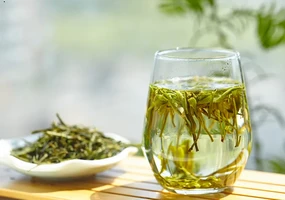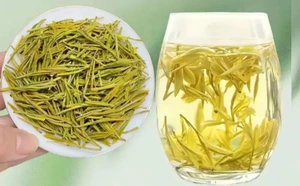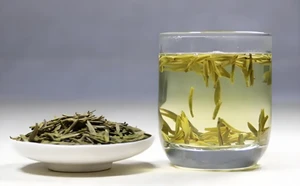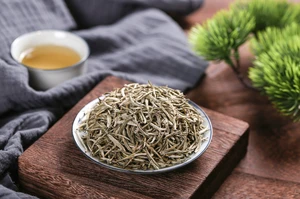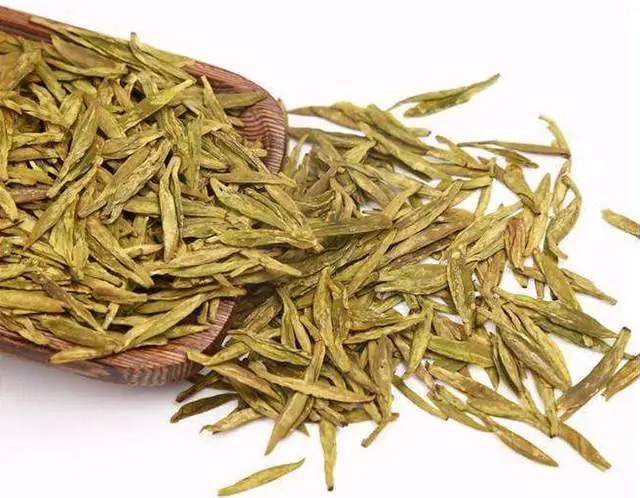Historical Origins of Chinese Yellow Tea
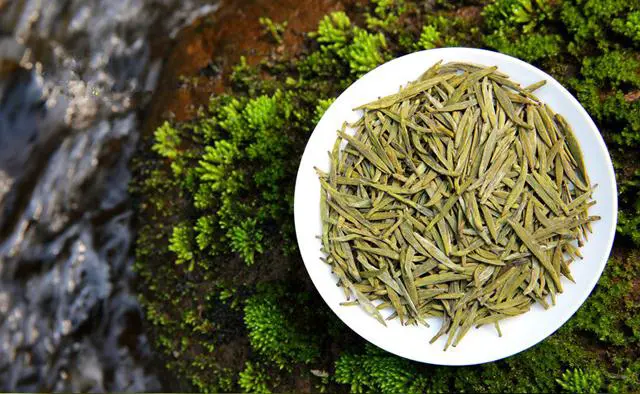
Imperial Origins and Legends
Chinese yellow tea has a distinguished history dating back to the Tang Dynasty (618-907 CE), where it was initially created by accident. According to legend, yellow tea was discovered when green tea leaves were left to sit too long, causing them to turn yellow and develop a unique mellow flavor.
The tea gained imperial favor during the Ming Dynasty (1368-1644) when it became a tribute tea exclusively for the emperor. The distinctive yellowing process was carefully guarded and passed down through generations of tea masters in specific regions.
Yellow tea remained largely within China until the 20th century, when it began to attract international attention from tea connoisseurs who appreciated its subtle complexity and refined character. Today, it represents one of the rarest tea categories globally.
"Yellow tea is the golden secret that Chinese tea masters have guarded for centuries." — Ancient Tea Chronicles
Timeline of Yellow Tea Development
Tang Dynasty (618-907)
First accidental discovery of yellow tea process
Song Dynasty (960-1279)
Refinement of yellowing techniques
Ming Dynasty (1368-1644)
Becomes imperial tribute tea with guarded production methods
Qing Dynasty (1644-1912)
Regional styles and famous varieties established
Modern Era
Global appreciation and preservation efforts
